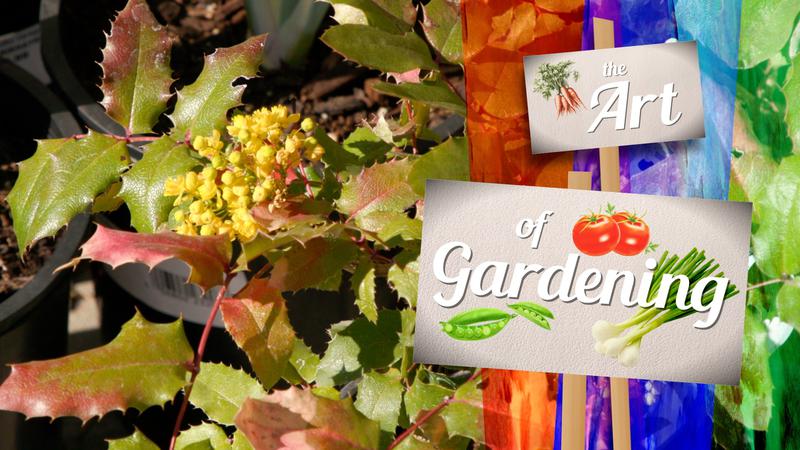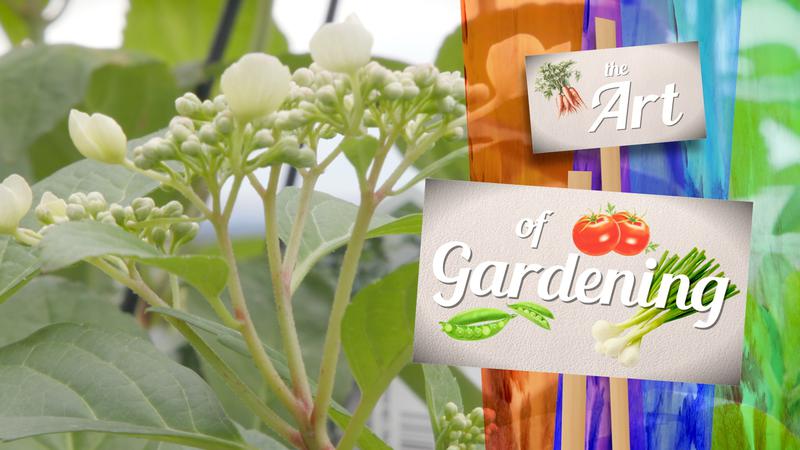
Expansion of family research project honours Secwépemc veterans
CHASE, BC — Of the approximately 650,000 Canadians who served in World War I, about 4,000 of them were Indigenous. And when 1 million Canadians fought for their country in World War II, over 3,000 Indigenous soldiers joined them.
Carryl Coles, a member of the Neskonlith band, has taken her interest in finding out about her own family’s wartime service and created an educational Facebook group, called Honouring Secwepemc Veterans.
“I’ve done a lot of research on finding out who the veterans were from each band, and finding out names and stuff,” Coles explains. “A lot of people don’t know about how many of our people went, and I think that should be acknowledged.”


